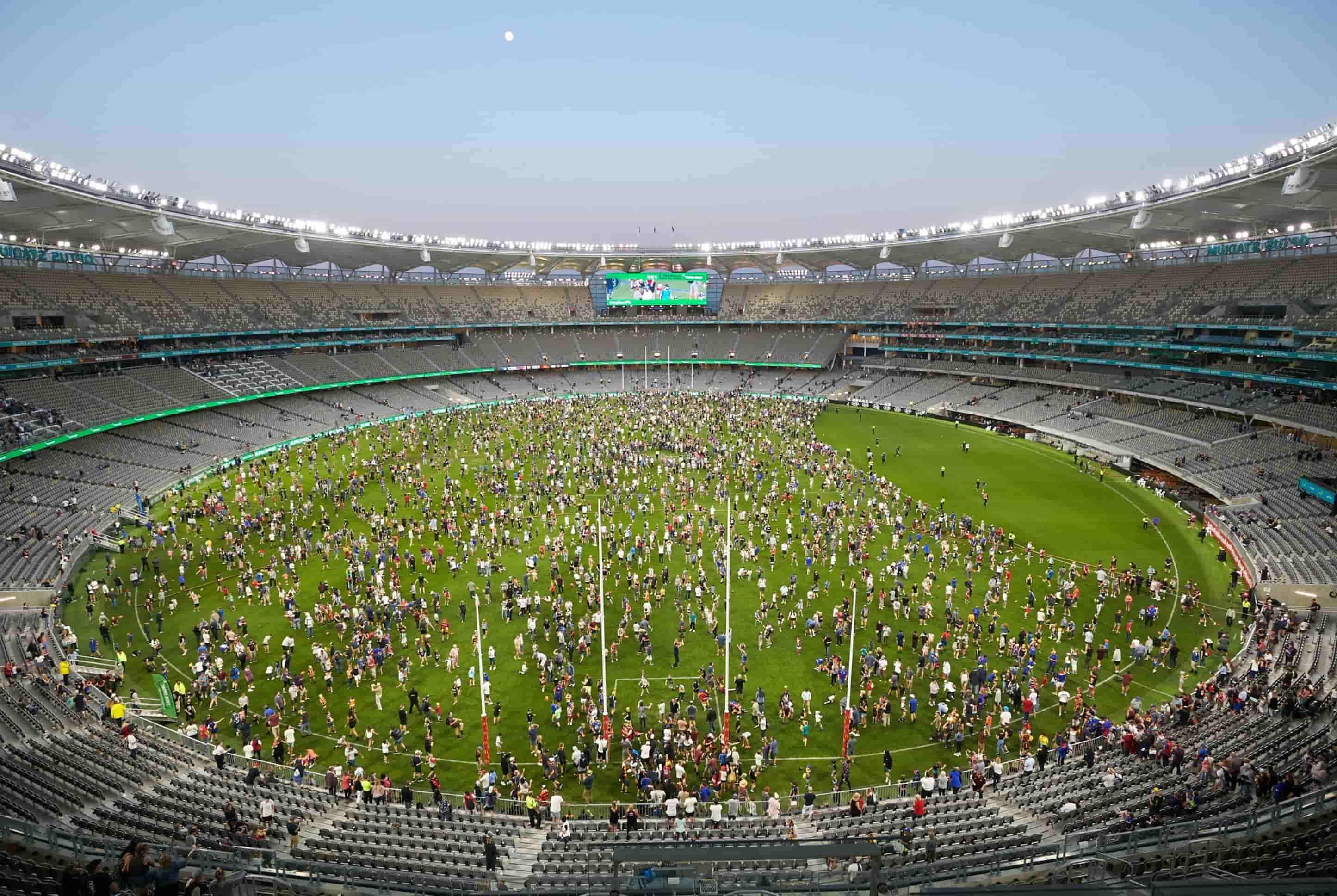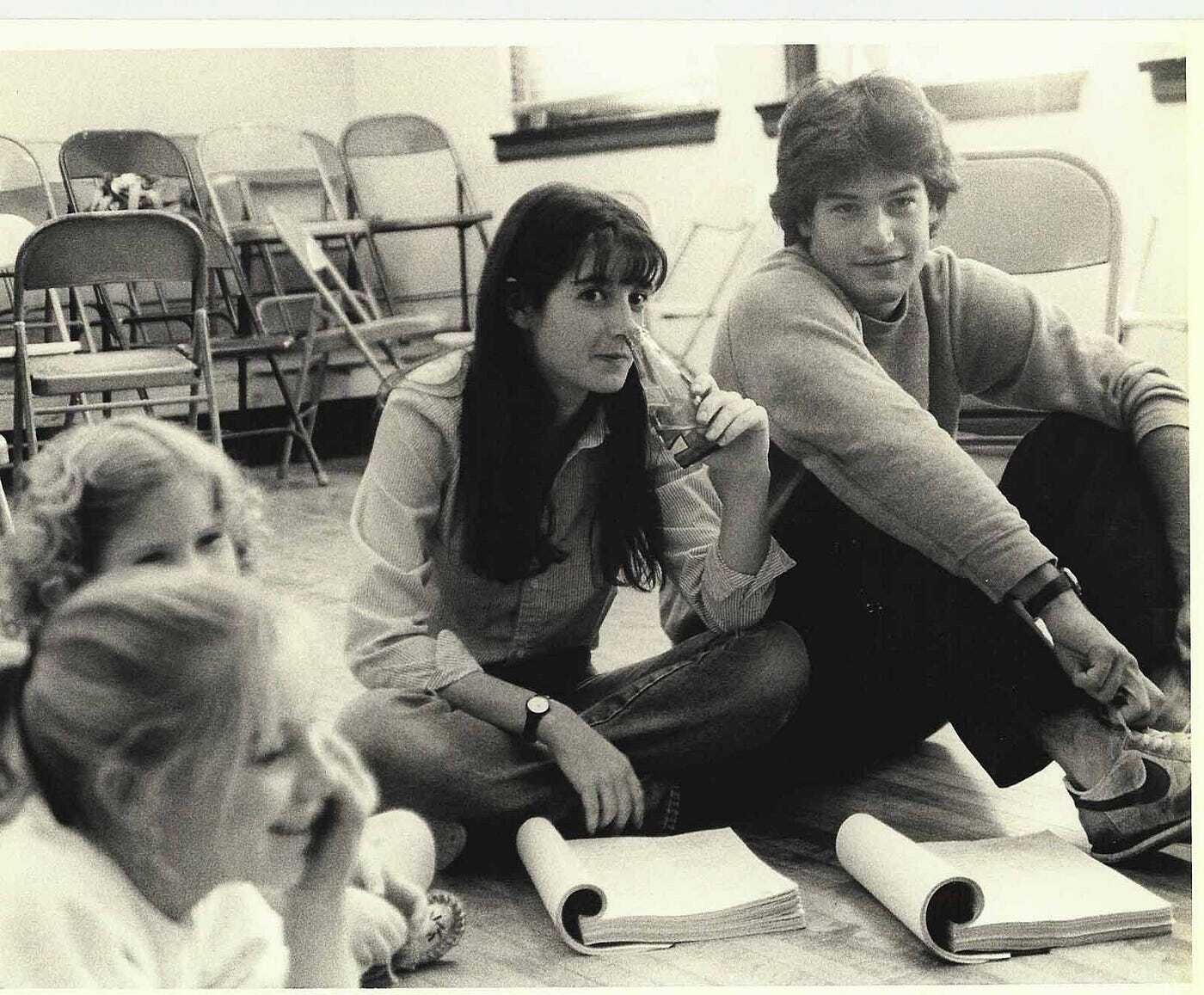
What makes the West Australian Football League (WAFL) so special? Founded in 1885, the WAFL is one of Australia's oldest and most storied football competitions. Over the years, it has evolved, changed names, and adapted to new challenges, yet it remains a cornerstone of Western Australian sports culture. With ten teams, including Claremont, East Fremantle, and Subiaco, the league offers thrilling matches from April to September. The WAFL also supports Reserves, Colts, and Women's competitions, ensuring a broad platform for talent development. Governed by the West Australian Football Commission (WAFC), the league continues to thrive, drawing over 95,000 registered players and passionate fans each season.
Key Takeaways:
- The WAFL, founded in 1885, has evolved through name changes and the impact of the AFL. It continues to thrive with community involvement and a rich history of records and statistics.
- With 10 teams and various competitions, the WAFL remains a vibrant league, fostering young talent and engaging fans through media coverage and community initiatives.
The Origins and Evolution of the WAFL
The West Australian Football League (WAFL) has a rich history that dates back over a century. Let's dive into some fascinating facts about its origins and evolution.
-
Founding Year: The WAFL was founded in 1885 as the West Australian Football Association (WAFA), marking the official start of organized Australian rules football in Western Australia.
-
Name Changes: Over the years, the league has undergone several name changes. Initially known as WAFA, it became the Western Australian State Football League (WASFL) from 1990 to 1991, and finally reverted to WAFL in 2001.
-
Early Years: The first recorded game of Australian rules football in Western Australia took place in Perth on September 19, 1868, laying the groundwork for the league's formation.
-
WAFL Renaming: In 1997, the league was briefly renamed "Westar Rules" in an attempt to revamp its image, but it reverted to WAFL in 2001.
-
Historical Significance: For much of the 20th century, the WAFL was considered one of the top three state competitions in Australian rules football, alongside the Victorian Football League (VFL) and the South Australian National Football League (SANFL).
Structure and Competitions
The WAFL is not just about the main league; it includes various competitions and structures that make it unique.
-
Current Structure: The WAFL currently consists of ten teams: Claremont, East Fremantle, East Perth, Peel Thunder, Perth, South Fremantle, Subiaco, Swan Districts, West Coast, and West Perth.
-
Season Duration: The WAFL season typically runs from April to September, with each team playing 20 rounds.
-
Finals Series: The top five teams in the league compete in a finals series, culminating in a Grand Final to determine the champion.
-
Reserves and Colts Competitions: The WAFL also includes Reserves and Colts (under-19) competitions with nine teams each.
-
Women’s Competition: The WAFL Women’s competition consists of seven teams: Claremont, East Fremantle, Peel Thunder, South Fremantle, Subiaco, Swan Districts, and West Perth. It also includes a Reserves and Rogers Cup (under-18) competition.
Governance and Development
The WAFL is governed by a dedicated body that ensures the league's smooth operation and development.
-
Governing Body: The WAFL is governed by the West Australian Football Commission (WAFC), which is responsible for the overall development of football in Western Australia.
-
WAFC’s Role: The WAFC oversees football development across the state, promoting and organizing various football competitions and events.
-
WAFL Development: The WAFC organizes various development programs, including coaching clinics and junior competitions, to promote the sport at all levels.
-
WAFL Community Involvement: The WAFL is deeply involved in the community, participating in local charity events and promoting social responsibility through its various initiatives.
Impact of the AFL
The introduction of the Australian Football League (AFL) teams has significantly impacted the WAFL.
-
AFL Impact: The introduction of the West Coast Eagles and Fremantle Dockers into the AFL in 1987 and 1995, respectively, significantly impacted the WAFL. Many of Western Australia's best players began competing at a national level, reducing the WAFL's prominence.
-
WAFL as a Feeder League: Since the introduction of the AFL teams, the WAFL has been considered a feeder league, providing talent and support to the AFL clubs.
-
Player Drain: The sudden loss of top players to the AFL has affected the standard of play in the WAFL, although recent years have seen a recovery with veteran AFL players returning and new talent emerging.
-
WAFL Clubs Benefits: While the WAFL clubs have struggled with their new status, they have enjoyed benefits such as funds flowing from the WA-based AFL teams and the influx of talented players from other states.
Attendance and Fan Engagement
Despite challenges, the WAFL has managed to maintain and even grow its fan base over the years.
-
Attendance Records: The highest attendance record for a single WAFL match is 61,118, set in 2021 during an AFL game at Optus Stadium in Perth.
-
Attendance Recovery: Despite the challenges, attendance at WAFL games has recovered somewhat. In 2004, the league posted a total attendance of 202,797, including AFL games.
-
WAFL Fan Engagement: The website WAFL FootyFacts encourages fan engagement through feedback mechanisms via Facebook, Twitter, or email. It also features testimonials from ex-players, family members of ex-players, and WAFL fans in general.
-
WAFL Media Coverage: The WAFL receives media coverage through local newspapers, radio stations, and television networks, helping to promote the league and its teams to a wider audience.
Records and Statistics
The WAFL has a treasure trove of records and statistics that highlight its rich history.
-
WAFL Records: WAFL FootyFacts provides comprehensive records of player data, match results, and statistics for every WAFL game since 1885. It includes quarter-by-quarter scores for most games and team lists for all competitions.
-
WAFL Statistics: The website WAFL FootyFacts offers extensive statistical data on league, team, player, venue, season, round, and ladder records. It also includes reduced stats for Reserves, Colts, Fourths, and State games.
-
Player Data: WAFL FootyFacts includes complete or partial career records for over 9,800 WAFL league footballers. It also provides goal scorers for all games from 1906 to the present day, with some exclusions.
-
WAFL Quizzes: The website offers fun quizzes to test WAFL knowledge, making it an engaging resource for fans and enthusiasts.
-
WAFL Tipping Competitions: During the season, exclusive statistical match previews and links to the biggest and best WAFL footy tipping competitions are available on WAFL FootyFacts.
-
WAFL Budgets: Each Football Budget from the current season is available for download on WAFL FootyFacts, providing detailed financial information about the league.
Rivalries and Competitions
Rivalries and competitions add a layer of excitement to the WAFL, making it a thrilling league to follow.
-
WAFL Rivalries: The WAFL has several intense rivalries, particularly between teams like East Fremantle and South Fremantle, and between Subiaco and Swan Districts. These rivalries add to the excitement and competitiveness of the league.
-
WAFL Grand Final: The WAFL Grand Final is one of the most anticipated events in Western Australian sports. It brings together the best teams from the league in a thrilling match that determines the champion.
-
WAFL Reserves Competition: The Reserves competition is an important part of the WAFL structure. It provides a platform for younger players to develop their skills and gain experience before moving to the senior league.
-
WAFL Colts Competition: The Colts competition is designed for under-19 players. It helps to identify and develop young talent, ensuring that the future of the league is secure.
-
WAFL Women’s Reserves Competition: The Women’s Reserves competition is a vital part of the WAFL Women’s structure. It provides an opportunity for younger female players to gain experience and develop their skills.
Community and Future Prospects
The WAFL's commitment to community involvement and future development ensures its continued relevance and growth.
-
WAFL Community Involvement: The WAFL is deeply involved in the community. It participates in local charity events and promotes social responsibility through its various initiatives.
-
WAFL Development: The WAFC is committed to developing football in Western Australia. It organizes various development programs, including coaching clinics and junior competitions, to promote the sport at all levels.
-
WAFL Future Prospects: Despite the challenges posed by the AFL, the WAFL remains a vibrant and competitive league. With ongoing support from the WAFC and the community, it continues to thrive, providing a platform for football enthusiasts in Western Australia to enjoy the sport at all levels.
-
WAFL Grounds: The primary ground for the WAFL is Subiaco Oval, although other teams play at various venues around Perth. Optus Stadium, which hosts AFL games, also occasionally hosts WAFL matches.
-
WAFL Clubs Benefits: While the WAFL clubs have struggled with their new status, they have enjoyed benefits such as funds flowing from the WA-based AFL teams and the influx of talented players from other states.
-
WAFL Fan Engagement: The website WAFL FootyFacts encourages fan engagement through feedback mechanisms via Facebook, Twitter, or email. It also features testimonials from ex-players, family members of ex-players, and WAFL fans in general.
-
WAFL Media Coverage: The WAFL receives media coverage through local newspapers, radio stations, and television networks, helping to promote the league and its teams to a wider audience.
The Legacy of the WAFL
The West Australian Football League (WAFL) has a rich history dating back to 1885. From its early days as the West Australian Football Association to its current status, the league has seen many changes. It has weathered the impact of the AFL, adapted to new challenges, and continued to thrive. With over 95,000 registered adult players, the WAFL remains a cornerstone of football in Western Australia. The league's commitment to developing talent through its Reserves, Colts, and Women’s competitions ensures a bright future. The WAFL's deep community involvement and intense rivalries keep fans engaged and passionate. Despite the rise of national competitions, the WAFL holds a special place in the hearts of Western Australians, providing a platform for local talent and a source of pride for the community. The WAFL's legacy is one of resilience, growth, and unwavering dedication to the sport.
Frequently Asked Questions
Was this page helpful?
Our commitment to delivering trustworthy and engaging content is at the heart of what we do. Each fact on our site is contributed by real users like you, bringing a wealth of diverse insights and information. To ensure the highest standards of accuracy and reliability, our dedicated editors meticulously review each submission. This process guarantees that the facts we share are not only fascinating but also credible. Trust in our commitment to quality and authenticity as you explore and learn with us.


